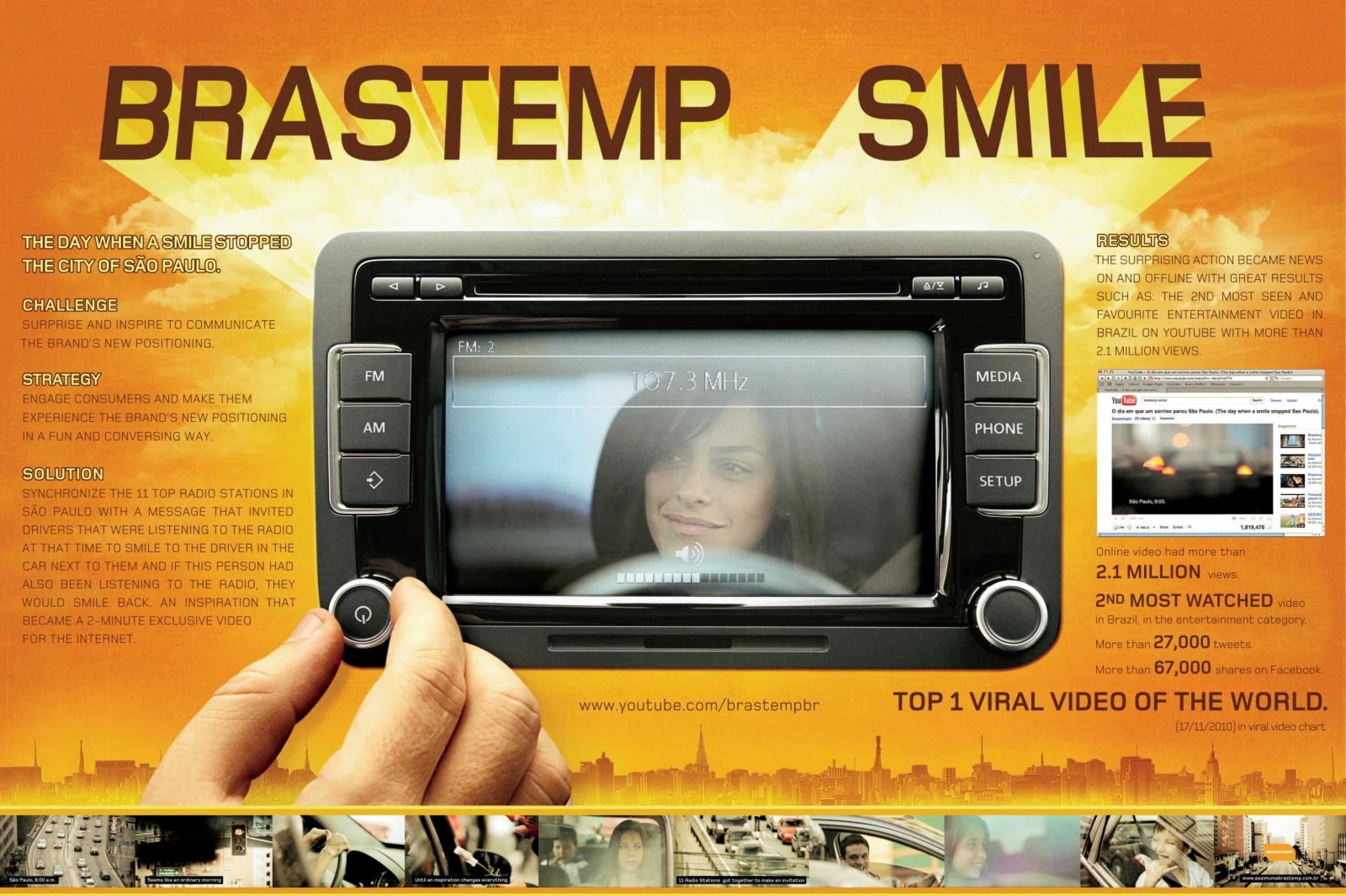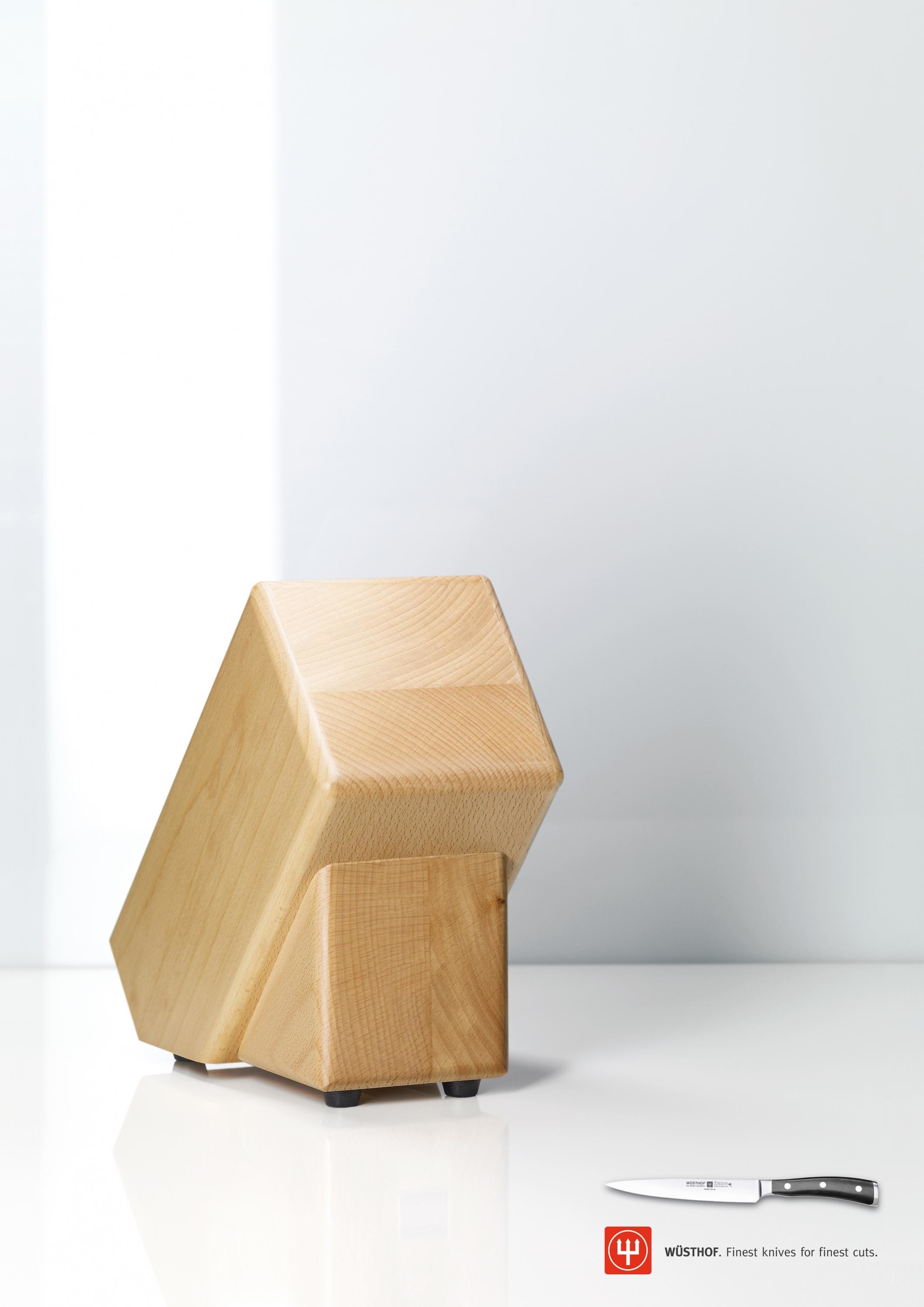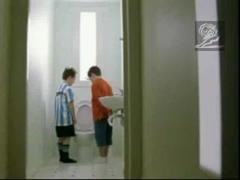Cannes Lions
Toxic Influence
OGILVY, London / DOVE / 2024
Awards:
Overview
Entries
Credits
OVERVIEW
Description
For nearly 20 years Dove has been striving to make beauty a source of confidence not anxiety. However, by 2020 questions began to emerge about the longevity of this positioning.
The first challenge was from other brands, who had been encroaching on our female confidence space, blunting what was once a powerfully distinctive positioning. While Dove had fought to build the self-esteem of girls for more than 15 years, the message, which had become ubiquitous, had lost its meaning.
At the same time, external threats to self-esteem were growing more significant. Social media had brought with it a huge increase in toxic beauty content. The wider picture was darker than ever and women’s beauty confidence was at an all-time low. We needed to go from purpose to action.
In 2020 we took firmer stance. Reverse Selfie became the first example of our ‘actionist’ strategy to detoxify beauty on social media. But with 6 in 10 girls agreed that social media was ‘making them feel bad about themselves’ there was more to be done.
Creative challenge
Our aim was to continue to detoxify threats to self-esteem from social media. This time we identified the emerging threat of toxic beauty advice given out by influencers.
Research revealed that parents, despite worrying about the impact of social media, had one blind spot. They had underestimated the impact of potentially toxic beauty advice from influencers. Only 24% of mothers agreed their daughters felt worse about themselves after seeing influencers on social media.2
Teens were developing parasocial relationships with influencers - one-sided relationships. This meant that they were more likely to trust influencers.
Dove research revealed a shocking statistic: 39% of girls trusted influencers more than their parents.3
Girls often overlooked the threat of toxic beauty advice coming from trusted influencers. And this advice had an insidious effect, building slowly over time, without girls even realizing it.
Our campaign would put these practices into focus, call out the wrongdoing and help girls respond.
Solution
Our creative approach would need to make the insidious impact of influencers immediate. We looked again into the toxic advice being given. Behind some of the more harmless posts, girls were being advised to file their teeth down, use baby Botox, and to use waist corsets; advice no mother would give to her daughter.
Our creative leap was to put the advice of toxic influencers into the mouths of mothers so they could see just how toxic and dangerous it was.
Execution
Our campaign launched with a 4-minute hero film. We invited real girls and their mothers to a venue where, using Deepfake technology, we played footage of the mother giving toxic beauty advice taken from her daughter’s feed. Expert support was provided for the mother and daughter, facilitating a positive discussion. This was supported with print and short-form social videos that showed real examples of toxic beauty advice.
We then directed consumers towards educational resources including #DetoxYourFeed video guides on our website, the Let’s Change Beauty podcast and influencer workshops.
Similar Campaigns
12 items





